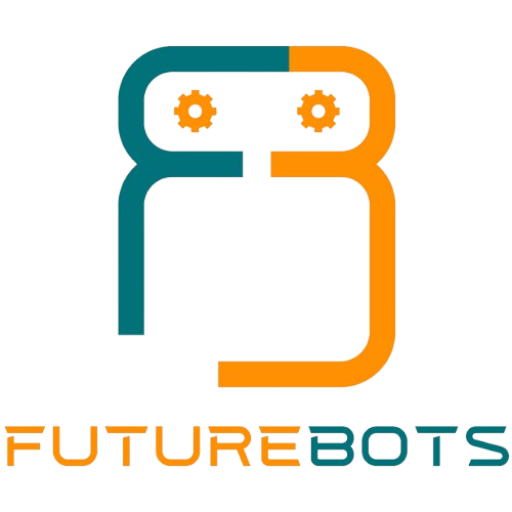Arduino vs. Micro:bit in Education: The STEM Revolution in Lebanon
🌍Why Arduino and Micro:bit Matter in Lebanon
As Lebanon invests in modernizing its education system, Arduino and Micro:bit are becoming essential tools for teaching STEM, robotics, and programming.
These microcontrollers are bringing a shift from memorization-based learning to hands-on, creative, and project-based education.
They allow students to explore the logic behind technology — building devices, experimenting with sensors, and learning problem-solving skills that prepare them for a digital future.
Affordable and accessible, both platforms are ideal for Lebanese schools, NGOs, and educational centers aiming to strengthen innovation and digital literacy.
🤖Quick Overview
| Feature | Arduino | Micro:bit |
|---|---|---|
| Age Range | 8+ to university level | 8–14 (elementary & middle school) |
| Coding Options | Mixly, mBlock, Tinkercad, Arduino IDE (C/C++) | MakeCode (Blocks), Python |
| Plug-and-Play Kits | Third-party kits (Grove, Keyestudio, Elegoo) | Built-in sensors and connectors |
| Built-in Components | None (uses add-ons) | LEDs, buttons, motion sensor, compass |
| Hardware Power | Strong for robotics & IoT | Great for logic and quick demos |
| Learning Curve | Steeper but scalable | Gentle for beginners |
| Price in Lebanon (2025) | $10–50 USD (depending on kit and accessories) | ~$30 USD standalone (kits cost more) |
| Best For | STEM clubs, robotics teams, advanced projects | Early STEM learning, creativity, logic |
Note: Prices reflect typical Lebanon market ranges and can vary by supplier and kit contents.
🧩The Educational Journey: From Curiosity to Capability
In Lebanese classrooms, Micro:bit and Arduino complement each other beautifully.
They can form a complete learning pathway that moves students from basic coding concepts to complex engineering design.
Step 1: Micro:bit (Ages 8–12)
Students start by learning coding logic through Microsoft MakeCode, a block-based programming platform.
It’s simple, visual, and offers instant feedback through the Micro:bit’s LED matrix and built-in sensors.
Popular classroom projects:
LED animations and messages
Digital thermometers
Step counters and simple games
This early exposure builds confidence and curiosity — essential foundations for STEM learning.
Step 2: Arduino (Ages 12+)
Once students grasp basic coding principles, Arduino introduces them to the world of electronics and programming structure.
They can begin with Mixly or mBlock, which use visual coding similar to MakeCode, before progressing to C/C++ through the Arduino IDE.
Classroom applications include:
Smart irrigation or humidity monitors for science classes
Robotics prototypes for school fairs
Mini automation systems for experimentation
This gradual learning curve helps Lebanese students connect coding, design, and engineering in one integrated process.

🧠 Why Arduino Excels in Lebanon’s Context
-
Flexible Learning: From basic sensors to robotics and IoT, Arduino grows with students.
-
Rich Ecosystem: Compatible with countless third-party components available locally.
-
Block to Text Transition: Mixly and mBlock allow a seamless bridge to real programming.
-
Strong for Older Students: Suitable for secondary school and university-level projects.
-
Community-Based Learning: Lebanese universities and makerspaces often support Arduino workshops and competitions.
Arduino builds a foundation for creativity, critical thinking, and engineering literacy.
🔧 Arduino as a Gateway to Advanced Engineering
Learning Arduino doesn’t stop at simple robotics — it opens the door to real engineering development.
Once students understand how Arduino integrates sensors, code, and circuits, they can naturally progress to more advanced platforms like ESP32, STM32, and ARM-based microcontrollers, which are used by professional engineers worldwide.
Through Arduino, learners in Lebanon can master concepts like Wi-Fi and Bluetooth communication, IoT connectivity, and embedded systems — preparing them for university-level engineering projects and real-world innovation.
💡Why Micro:bit Is Ideal for Early Learning
Instant Engagement: Plug in and start coding within minutes.
Built-In Sensors: LEDs, motion detector, and buttons make it ready to use out of the box.
Affordable and Scalable: Around $30 standalone, easily distributed across classrooms.
Language Flexibility: Can be taught in Arabic, English, or French.
Ideal for Primary Coding Lessons: Encourages teamwork, logic, and creativity.
Micro:bit’s simplicity makes it a perfect tool for introducing Lebanese students to computational thinking — the skill that underpins all modern innovation.
⚙️Learning Progression in the Lebanese Classroom
| Stage | Tool | Focus | Outcomes |
|---|---|---|---|
| Primary (Ages 8–12) | Micro:bit | Coding logic, creativity, digital literacy | Students understand loops, inputs, and outputs |
| Middle School (Ages 12–15) | Arduino (Mixly/mBlock) | Circuits, sensors, logic control | Students build interactive systems |
| High School & University | Arduino (C/C++) | Engineering, robotics, IoT | Students design complex, autonomous devices |
This tiered model helps schools develop STEM pathways from early grades through higher education, aligned with Lebanon’s push for digital modernization.
🧭Expert Recommendation: Use Both Strategically
| Educational Goal | Recommended Tool |
|---|---|
| Introduce coding & logic | Micro:bit |
| Teach teamwork & design thinking | Micro:bit |
| Build robotics and electronics | Arduino |
| Transition from block to text coding | Arduino (Mixly → C/C++) |
| Support cross-curricular STEM projects | Both |
| Encourage innovation & prototyping | Arduino |
Formula for Lebanon’s STEM growth:
Micro:bit sparks curiosity → Arduino develops capability → Together they create innovation.
🧰Implementation Tips for Lebanese Educators
Begin STEM integration through coding clubs and after-school workshops.
Use block-based coding to engage younger students before moving to text coding.
Encourage bilingual lesson plans (Arabic and English) for broader accessibility.
Combine Arduino and Micro:bit projects in school science fairs.
Partner with universities and NGOs to access training, kits, and materials.
🌍Final Verdict for Lebanon
Both Arduino and Micro:bit play a critical role in Lebanon’s path toward a technology-driven education system.
Micro:bit: Best for introducing coding concepts, logic, and creativity.
Arduino: Perfect for deepening technical understanding and real-world applications.
Together, they bridge the gap between learning and innovation, empowering Lebanese youth to think critically, solve problems, and compete globally.
“Micro:bit builds curiosity. Arduino builds capability. Together, they build Lebanon’s innovators.”





